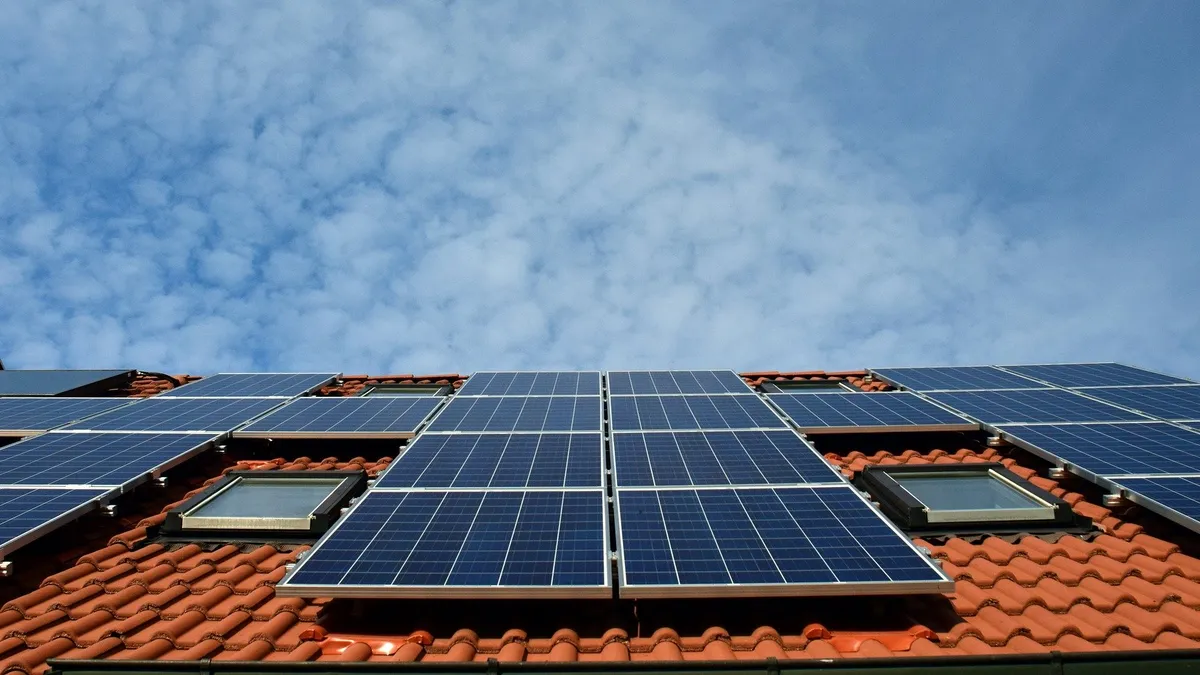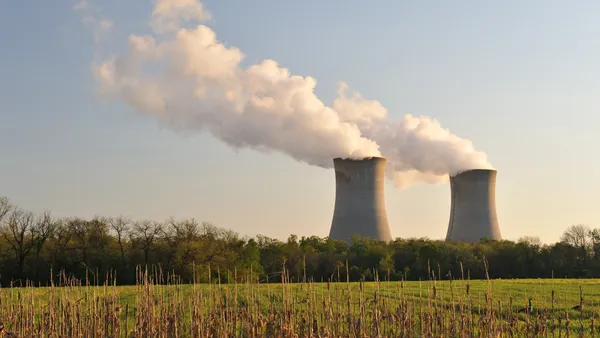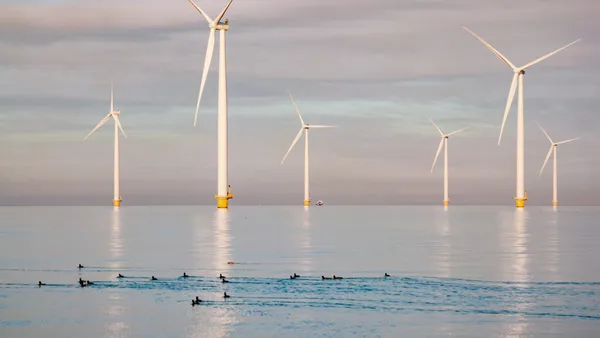Dive Brief:
- Fifty U.S. cities have more than doubled their total installed solar photovoltaic (PV) capacity since 2013, with Los Angeles and Honolulu among the leaders nationwide, according to a report by Environment America.
- The rankings of both total solar PV capacity and solar PV capacity per capita are as follows:
| Total solar PV capacity | Solar PV capacity per capita | |||||
|---|---|---|---|---|---|---|
| Rank | City | Amount (MW DC) | Rank | City | Amount (Watts DC) | |
| 1 | Los Angeles | 483.8 | 1 | Honolulu | 840.88 | |
| 2 | San Diego | 420.38 | 2 | San Diego | 294.8 | |
| 3 | Honolulu | 292.12 | 3 | Albuquerque, NM | 273.19 | |
| 4 | Phoenix | 272.4 | 4 | San Jose, CA | 217.13 | |
| 5 | San Antonio | 254.47 | 5 | Burlington, VT | 183.8 |
- On a webinar coinciding with the report's release, co-author and Frontier Group policy analyst Adrian Pforzheimer said the top seven cities of the 70 analyzed have more solar power installed today than the entire country had in 2010. "The bottom line is, solar in American cities is growing rapidly," he said.
Dive Insight:
Cities have been increasingly turning to solar energy with ambitious projects in a bid to lessen their dependence on fossil fuels and lean more on renewable energy. Cincinnati has plans to build the nation’s largest city-led solar array — a 100-megawatt installation about 40 miles east of downtown — while Charlotte, NC is set to build a solar farm that will provide carbon-free energy to 24% of city buildings.
As other cities build increasingly ambitious projects, Los Angeles and Honolulu remain ahead of the pack on solar adoption, the report notes. Los Angeles has been the top solar city every year except 2016, when San Diego placed first, having emphasized solar installation and incentive programs even before its citywide Green New Deal that looked to accelerate those efforts.
Meanwhile, Honolulu has been on the frontlines of fighting the effects of climate change and sea level rise. Pforzheimer said its early use of solar in a bid to reduce imported energy and the role of utilities in moving quickly towards a renewable portfolio has put the city "in a league of its own."
Expansion elsewhere is rapid, speakers on the webinar noted. New York City has expanded its solar power sevenfold since 2013, while Albuquerque has expanded its solar power tenfold.
Ben Sonnega, an associate at Environment America's Go Solar campaign, said the combination of public policy to streamline permitting approvals and lower costs, as well as incentive programs and zero emissions goals help focus cities' minds. As the move away from fossil fuel dependence continues, Sonnega said cities have a "golden opportunity to be leaders in the transition to renewable energy."
And while the new coronavirus disease (COVID-19) has affected many day-to-day operations, Theresa Perry, program director for SolSmart at the Solar Foundation, said many cities are still continuing to pursue ambitious solar initiatives as they try and lower emissions. As more states reopen and city life starts to return to relative normalcy, she said those projects should continue to ramp up.
"The world hasn't completely stopped and there are ways to continue to move things forward even if we can't move everything forward as we would want it to go," she said.
To keep up with all of our coverage on how the new coronavirus is impacting U.S. cities, visit our daily tracker.















